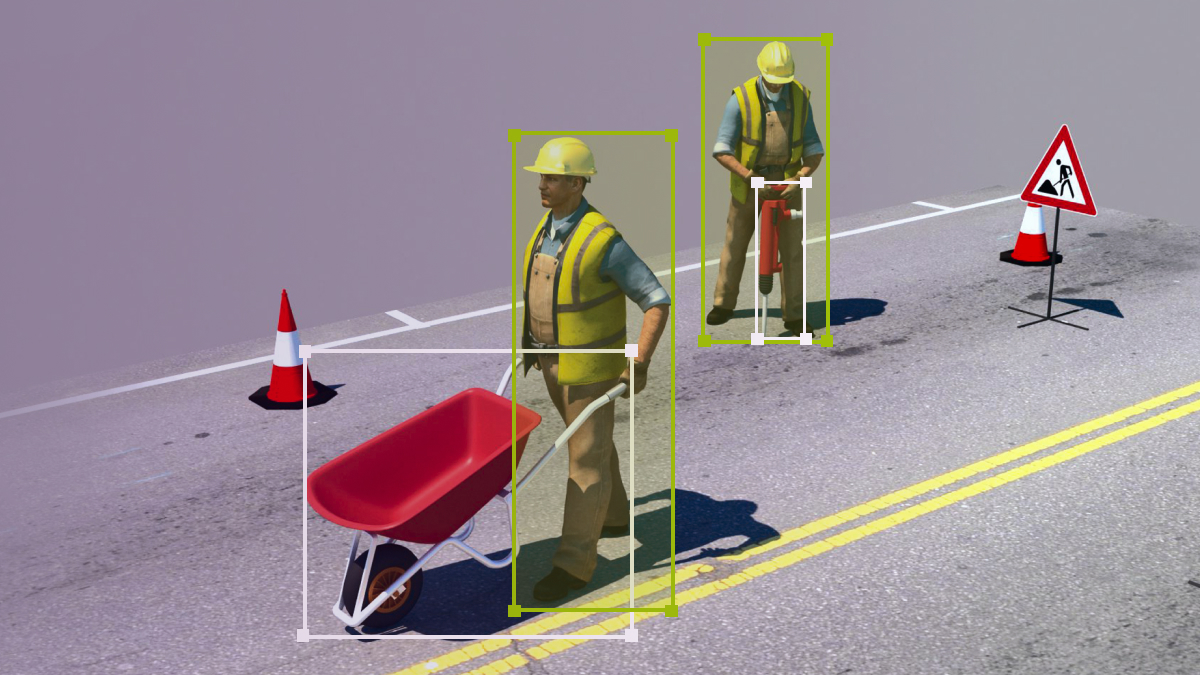More Training Data and Data Annotation are Necessary to Create Next-Gen AI Construction Tools
While there are many AI technologies used in construction sites today, they are not really living up to expectations. According to Daeho Kim, a researcher at the University of Toronto, the current state of AI in the construction industry is only able to complete pre-programmed tasks instead of having human-level visual artificial intelligence to fully understand the construction sites where they are deployed. In this article, we will talk about some of the issues of AI in construction, according to professor Daeho Kim, how it can be improved as well as the data annotation necessary to create the technology.
What is the Problem With AI in Construction?
According to Daeho Kim, right now, AI can only perform certain pre-programmed tasks. For example, right now, AI technology can identify all of the different types of equipment and machinery used at a construction site. It can distinguish between a bulldozer and a tractor and many other examples. This type of technology is very useful for site monitoring. However, currently, it cannot tie in all of these details into one holistic picture of the job site.
For example, it cannot look at a bulldozer and understand that it is here to do a certain job or whether or not it is performing the needed tasks. Most construction sites are very busy, and a lot of times, foremen don’t know exactly what’s going on at all times on a busy construction site, at least not for long. It’s simply not possible for one person to be in that many places at once. Training AI systems to understand the broader picture of the construction site would provide a lot of value to all of the stakeholders involved.

How Can AI Be Trained to Understand Construction Sites Like a Human?
In order to train AI systems to think like a human, two things are needed: training data and data annotation. Let’s take a look at the need for training data first. Professor Daeho Kim is looking to create deep neural networks that can be used in the construction industry, but this would require millions of images to be used as training data. This is problematic because of regulation and confidentiality issues, which is why he and his team are using synthesized non-real but real-looking construction images, which would allow them to generate massive amounts of images.
Steps in the synthesis include creating a 3D human model, followed by the input of motion capture data of workers; creating a 3D construction worker avatar by mapping the 2D or 3D clothing map onto the 3D human model; setting the imaging conditions randomly, including camera distance and lighting conditions; and synthesizing and generating construction images or videos by superimposing the virtual construction worker avatar onto 3D construction backgrounds. Later comes the prototyping of a fully autonomous mobile robot for construction digital twinning that deploys the higher-order DNN models. The construction robots will need to be able to monitor and analyze location, moving speed and direction, pose, proximity, and other factors that capture the presence of construction workers.

What types of Data Annotation Will Be Necessary to Create Smarter AI Technology?
The AI system will need to identify factors like location, moving speed and direction, pose, proximity, and other factors that capture the presence of construction workers. This means that techniques like bounding boxes will be necessary to train the system to detect people and objects. In terms of annotating the pose of each person, landmark annotation is used, which requires data annotators to place key points along the needed areas. Annotating the moving speed might be more difficult since this would require video annotation. Basically, the annotators would label the location of the person or machinery in each frame of the video. This would allow the system to measure the elapsed time between the starting point and the end point.
Trust Mindy Support With All of Your Data Annotation Needs
Mindy Support is a global company for data annotation and business process outsourcing, trusted by Fortune 500 and GAFAM companies, as well as innovative startups. With nine years of experience under our belt and offices and representatives in Cyprus, Poland, Romania, The Netherlands, India, OAE, and Ukraine, Mindy Support’s team now stands strong with 2000+ professionals helping companies with their most advanced data annotation challenges.





